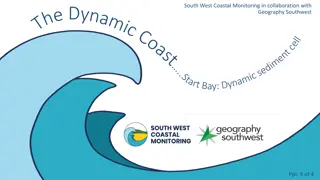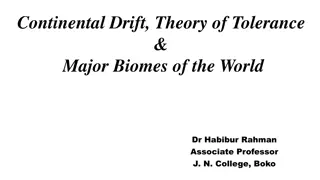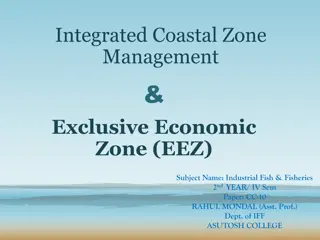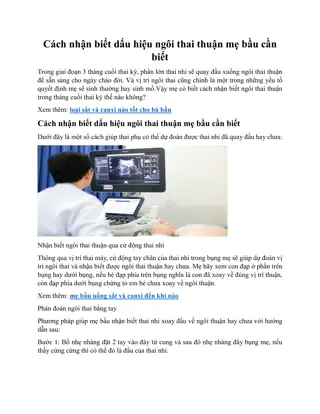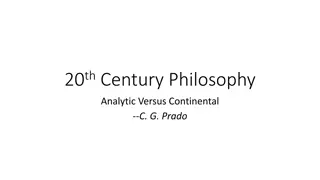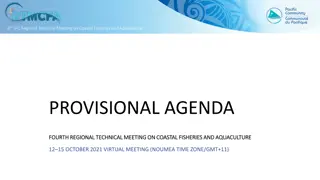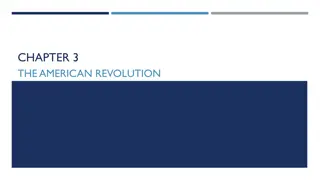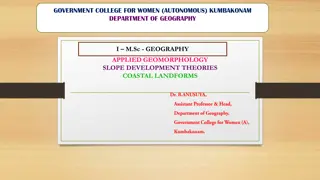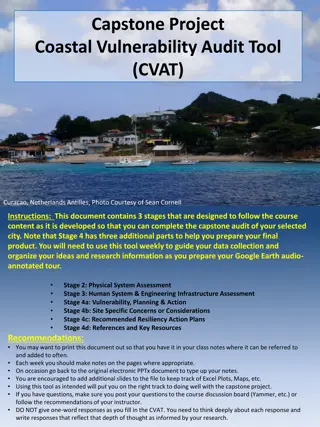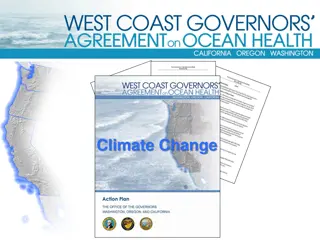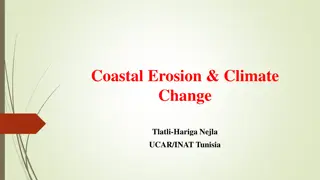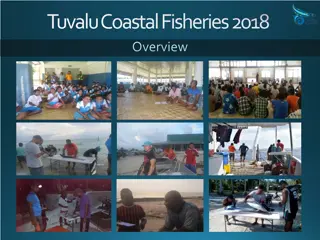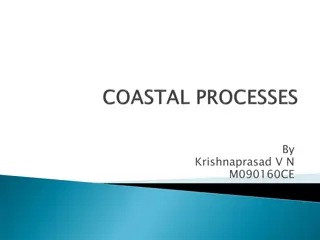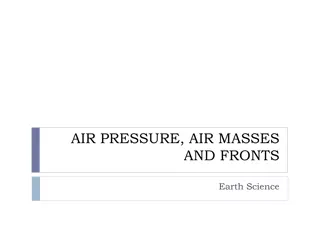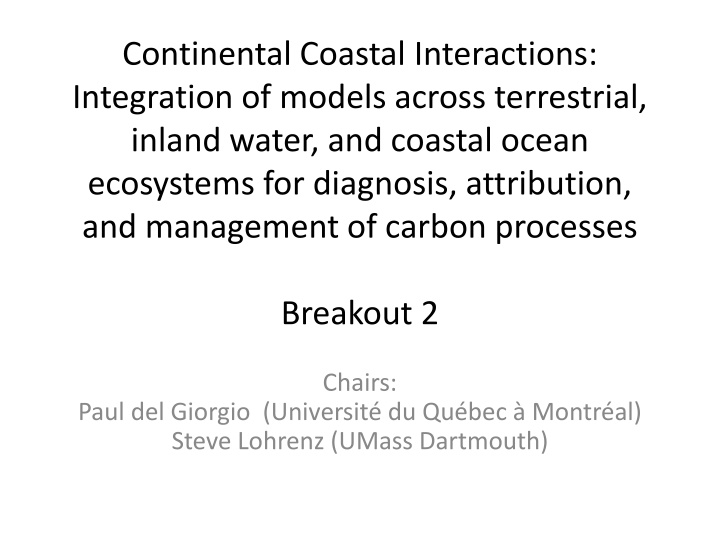
Integration of Models for Carbon Processes in Coastal Systems
Explore the integration of models across terrestrial, inland water, and coastal ocean ecosystems for diagnosing and managing carbon processes. Key focus on coupling ecosystem models to assess carbon cycle exchanges influenced by human activities and climate-related factors.
Download Presentation

Please find below an Image/Link to download the presentation.
The content on the website is provided AS IS for your information and personal use only. It may not be sold, licensed, or shared on other websites without obtaining consent from the author. If you encounter any issues during the download, it is possible that the publisher has removed the file from their server.
You are allowed to download the files provided on this website for personal or commercial use, subject to the condition that they are used lawfully. All files are the property of their respective owners.
The content on the website is provided AS IS for your information and personal use only. It may not be sold, licensed, or shared on other websites without obtaining consent from the author.
E N D
Presentation Transcript
Continental Coastal Interactions: Integration of models across terrestrial, inland water, and coastal ocean ecosystems for diagnosis, attribution, and management of carbon processes Breakout 2 Chairs: Paul del Giorgio (Universit du Qu bec Montr al) Steve Lohrenz (UMass Dartmouth)
Objective Examine approaches for coupling terrestrial, inland water, and coastal ocean ecosystem models and their utility for assessment and prediction of carbon cycle exchanges and their relationships to human activities and climate- related forcing
Guiding questions 1) What is the state-of-the-art for models characterizing the dynamics of carbon (storage, emissions and export) in terrestrial, inland water and coastal environments? 2) Can current budgeting gaps and uncertainties be addressed by integrating the terrestrial and aquatic components of the landscapes? 3) Where are the critical interfaces among the different models for terrestrial, inland water and coastal ecosystems, and what are potential strategies for integrating modeling efforts across these boundaries?
Short presentations Proposed intensive Gulf study presented by Ken Davis deployment of a network of towers Comparison of terrestrial models by Hanqin Tian DLEM, SPARROW, SWAT, NEWS Boreal lake carbon processes and upscaling of aquatic carbon cycles Paul del Giorgio Relative importance of the potential fates of NEE in boreal aquatic systems - Yves Prairie
Gulf coast tower deployment plan Ken Davis
Modeling Complexity of processes governing lateral fluxes of DOC, DIC and POC and other constituents Still very few models that incorporate lateral fluxes in an explicit manner Varying degrees of grid/resolution and types of variables Not only amount of carbon but also the nature of carbon that enters aquatic systems and is ultimately transported downstream and to ocean/coastal environments
Conceptual Model of DLEM Tian et al., poster 241 Coupling of biogeochemical and hydrological cycles (C,N,P,H2O) in DLEM
Approach: SABGOM Hoffman et al., Ann. Rev., 2011; Fennel et al., 2011 and in prep. He et al., poster 242
Lack of accounting for aquatic carbon processes in terrestrial ecosystem models Boreal northern Quebec
Scaling lake CO2 emissions fluxes Landscape drivers Watershed size, cover, slope Lake drivers DOC, production, morphometry Physical drivers of gas exchange (K) Lake pCO2 Climate Geographic configuration CO2 flux Total lake CO2 emissions
Where does terrestrial NEE go? Increase in biomass Soil C accumulation Terrestrial NEE Lateral transport (DIC, PIC, DOC, POC) ?
Net C balance of boreal landscape From Teodoru et al. (2012)
The carbon cycle of the coastal ocean Tidal wetlands Estuaries Continental shelf Air-water exchange NPP Degassing River input NPP, R Respiration (R) NPP, R Open Ocean POC export Resuspension Burial POC Advective exchange DOCDIC POC Sediments BPP DOC DIC Najjar et al. plenary presentation
Conclusions Extremely valuable dialogue between the terrestrial, aquatic and coastal disciplines Key point if you manage carbon in one space it can have downstream impacts Need to be able to propagate the impacts of lateral transport of carbon and other materials to the coastal areas receiving the materials Need to account for not only the amounts but also the nature of carbon and other components Inland waters are a continuation of terrestrial carbon processes and are integrally coupled Fluxes mediated by inland waters are regionally significant Better understanding of these processes across different sectors can help each of us do a better job of constraining estimates within specific ecosystem types


